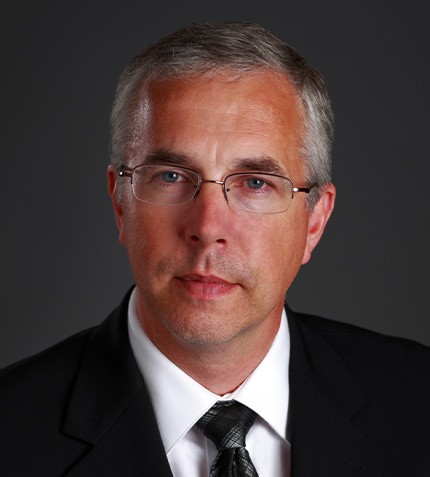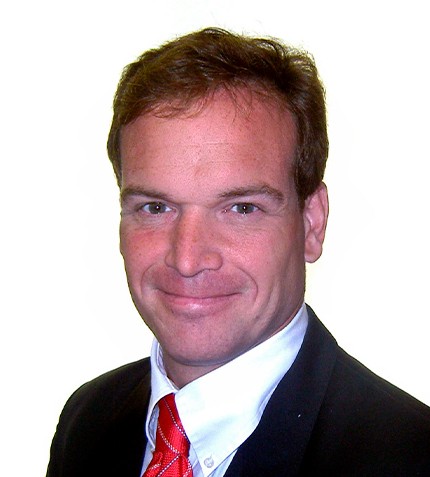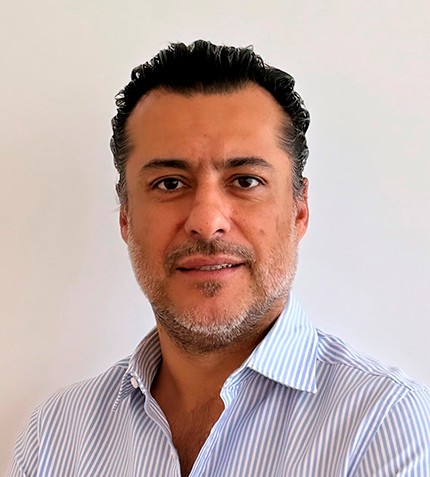
"We are calling for improved tax treatment of Canadian critical mineral development expenses to improve our domestic competitiveness and incentivize new mines."
Alex Christopher
38TH PRESIDENT, PROSPECTORS & DEVELOPERS ASSOCIATION OF CANADA (PDAC)
What are your expectations for PDAC 2023?
We will celebrate our 91st convention in March 2023 and look forward to coming back in person for all our social events at total capacity. Given the pent-up demand and excitement around the industry, I expect an excellent turnout with an outstanding lineup of programs and speakers.
Given your background as an exploration geologist, how has exploration changed over time?
Access to people, capital and land remain essential in order to conduct exploration. PDAC is pushing for more robust geoscience databases from the government to better understand the underlying geology. This is needed for regions and commodities that have been much less in focus in the past, but are now becoming increasingly relevant as demand for critical minerals increases.
Over the last 20 years, there has also been an increase in the sheer amount of data collected. Using every bit of data as effectively as possible requires computational power, and the application of artificial intelligence is an excellent example of how the industry is leveraging large data sets to look for trends and target new areas. In terms of exploration, there are a plethora of tools such as drones that allow us to explore at a larger scale and at different speeds. When I first started in mining, it took us a long time from when we took a sample to when we got an analytical result. Today with XRF and handheld devices in the field, we can get immediate feedback on what we are seeing, which really helps to accelerate exploration programs.
What are the biggest challenges associated with Canada’s development of critical mineral supply chains?
First, we have to identify the deposits and move them towards the exploitation phase. Traditional minerals such as copper and nickel have well-functioning supply chains and top-tier downstream processing. However, there are other critical minerals where downstream processing does not exist today. We must understand not only how to discover and mine those minerals, but we must also understand how to make downstream processing a reality in order to deliver the end products that use those minerals. Attracting investment in that area is a significant priority.
What has PDAC achieve in terms of critical minerals exploration tax credits?
We have been successful in advocating for new supports for Canadian explorers and are working to ensure that the newly established critical minerals tax credit provides better access to capital for our members, and certainty for investors. We are calling for improved tax treatment of Canadian critical mineral development expenses to improve our domestic competitiveness and incentivize new mines. We are also looking for additional incentives that target the territories to help bridge gaps in infrastructure and offset high operating costs. This should create a more competitive industry in those areas.
Is society’s opinion of the mining industry changing?
On one side, society is asking to move towards a low-carbon environment. On the other hand, it is becoming increasingly difficult to get social license to develop the mineral deposits that we need to address climate change. One of PDAC’s goals is to change the hearts and minds of society through education and communication to ensure that everybody is aware and understands the value and the need for mine development to reach that low carbon future.
We have programs like Mining Matters that focus on public school children. Education at an early stage is critical because once people have a perception of something, it becomes hard to get them off that perception.
Where will PDAC’s advocacy efforts be focused moving forward?
Our advocacy efforts will continue to be focused on ensuring that members have access to land, capital and people, which are key to helping us support a transition to a low carbon future. Continued engagement with government is really important at all levels, and I measure our success in terms of this engagement by looking at the turnout of the government and ministers at the PDAC Convention. I also look at the amount of regular touch-base discussion, as it is critical that we have constant engagement, good education, understanding and dialogue amongst all parties. To be successful, our industry must have good relations with the government, the ministries as well as the regulators. The other really important efforts we are undertaking are focused on improved and greater equity, diversity and inclusion, and to ensure we continue to engage with First Nations, Métis and Inuit communities on reconciliation.










